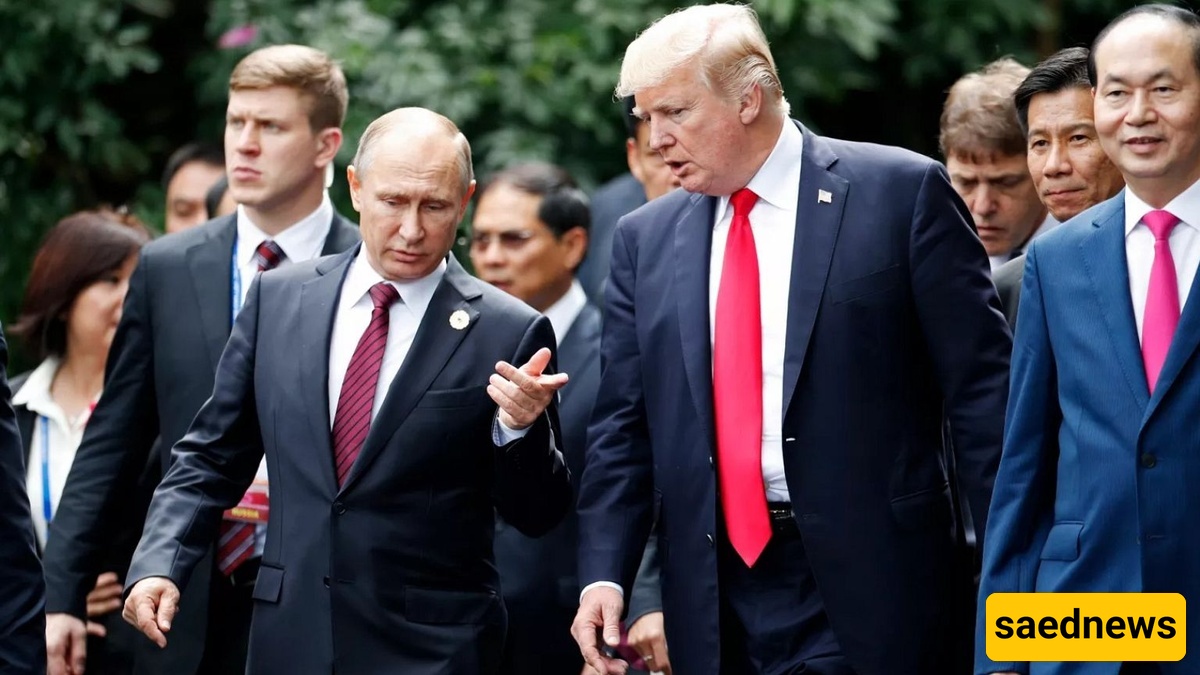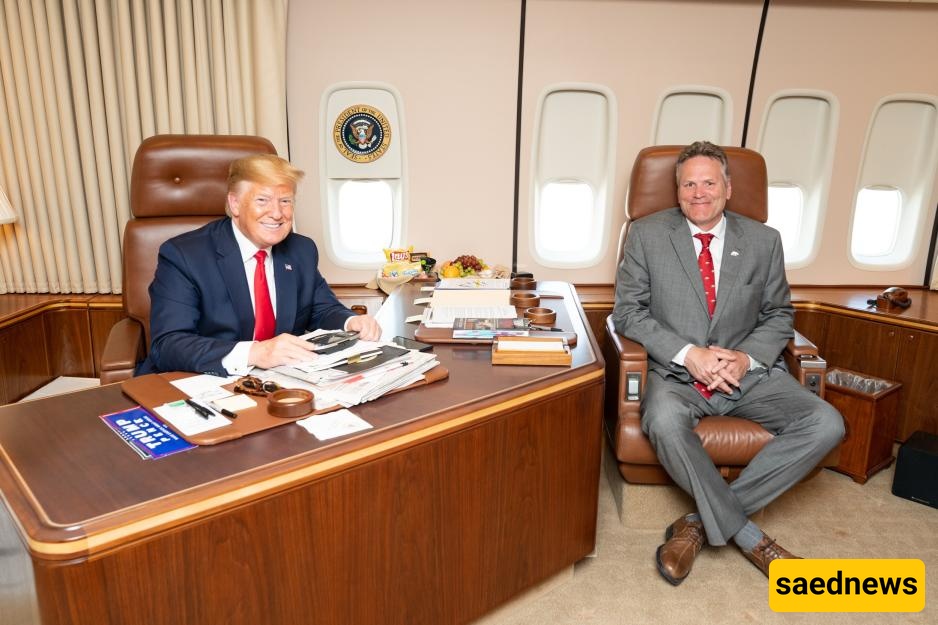SAEDNEWS: The White House, announcing a historic meeting between Donald Trump and Vladimir Putin in Anchorage, Alaska, has charted a new point on the map of Washington–Moscow relations. The meeting is both geographically symbolic and politically high-risk, with many viewing it as a major test for the personal diplomacy of the U.S. president.

According to Saed News, citing CNN, in an unexpected but calculated move, the White House announced on August 12, 2025, that a direct meeting between President Donald Trump and his Russian counterpart Vladimir Putin would take place on Friday, August 15, in Anchorage, Alaska. This marks the first in-person encounter between the two leaders since the outbreak of the Ukraine war in 2022. U.S. officials say the main goal is to “hear Moscow’s positions directly” and explore potential pathways to end the conflict.

The choice of Alaska is no coincidence. Once part of the Russian Empire and sold to the United States in 1867, the state lies only a few dozen miles from Russia’s eastern borders. This proximity, combined with specific security and legal conditions, makes it a suitable location for hosting Putin, particularly allowing him to attend on U.S. soil without concern for international arrest warrants.
The Alaska talks are expected to focus on the war in Ukraine. Trump has previously mentioned the possibility of an agreement involving some form of territorial exchange—a proposal that drew sharp criticism from Ukrainian President Volodymyr Zelensky and European leaders. They have warned that any deal excluding Ukraine “would not only fail to bring peace but could be dangerous.”
In Washington, the meeting is seen as an opportunity to return to face-to-face diplomacy after years of tension. Yet analysts caution that the outcome may ultimately be limited to a political statement, with little practical impact—unless Trump can secure genuine security guarantees for Ukraine.
Meanwhile, selecting Anchorage poses major logistical challenges. Officials have only a few days to provide security, accommodations, and communication infrastructure for diplomatic, media, and security delegations. The venue is planned to be the military base Joint Base Elmendorf–Richardson, which has advanced security facilities, though some worry about the optics—particularly Putin walking on U.S. military grounds.
Historically, Alaska has always played a strategic role in relations between the two powers—from World War II to the Cold War. Once again, the state is in the spotlight, this time as a meeting point of two competing visions of the global order.
Reactions to the decision have been broad and varied: Russia sees it as a sign of returning to direct dialogue with the U.S.; Europe and Ukraine are concerned about Kyiv being sidelined; and in Alaska, politicians, while condemning Russia’s aggression, hope the meeting will be a genuine step toward peace.
The Trump-Putin summit in Alaska could become a milestone in contemporary diplomacy—or a missed opportunity that shifts the balance of power in Moscow’s favor. The answer will become clearer in the days following the Anchorage talks.

